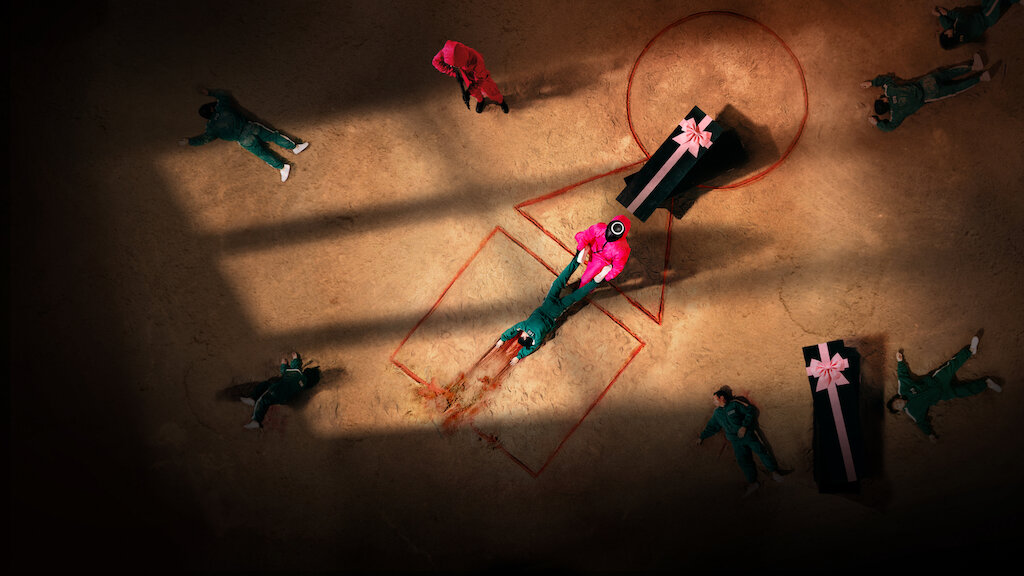Following its viral rise, Squid Game has people all over the world talking about it, debating theories and re-enacting some of their favorite childhood games.
The series follows a group of 400+ individuals who are deeply in debt and agree to take part in a deadly competition that may result in their death or filthy rich.
They’re all shocked to discover that each round of the Squid Game is a recreation of popular kids’ games, with the added twist that failure means death.
So, what games are there and in which sequence are they shown? Let’s go through them one by one.
The Recruiting
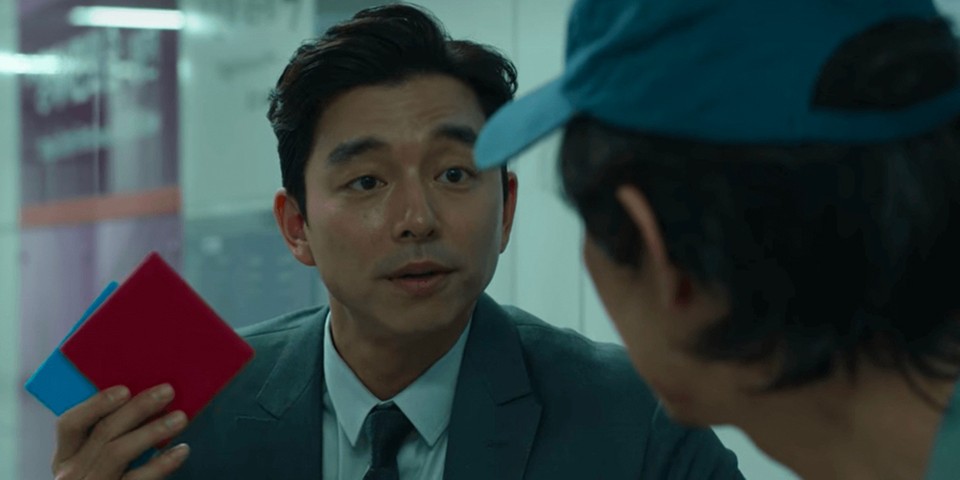
It’s time to start with the first of all the Squid Games games.
The organization’s recruiters, individuals who seek out people who are deeply in debt and prey on their desperation by offering them the prospect of financial gain for playing a simple game, send players to be tested during the beginning of Squid Game.
Ddakji, or ttakji, is the name of Gi-hun’s game in the program. The origins of the Squid Game date back to a traditional Korean game that is comparable to the popular 1990s toy known as Pogs.
The objective is to smash your opponent’s tile on the ground with your own, made of folded paper.
In the video of Gi-hun playing with the Squid Game recruiter, it’s clear that he’s at a disadvantage since the recruiter has his own set of game pieces.
He appears to be more skilled and prepared, but he acts as though Gi-hun and he are on an equal footing.
In many ways, this changing dynamic resembles the capitalist corruption that Squid Game lampoons – a society in which the poor have no real way to improve their position as the wealthy, yet where an appearance of equality is maintained.
Red Light, Green Light
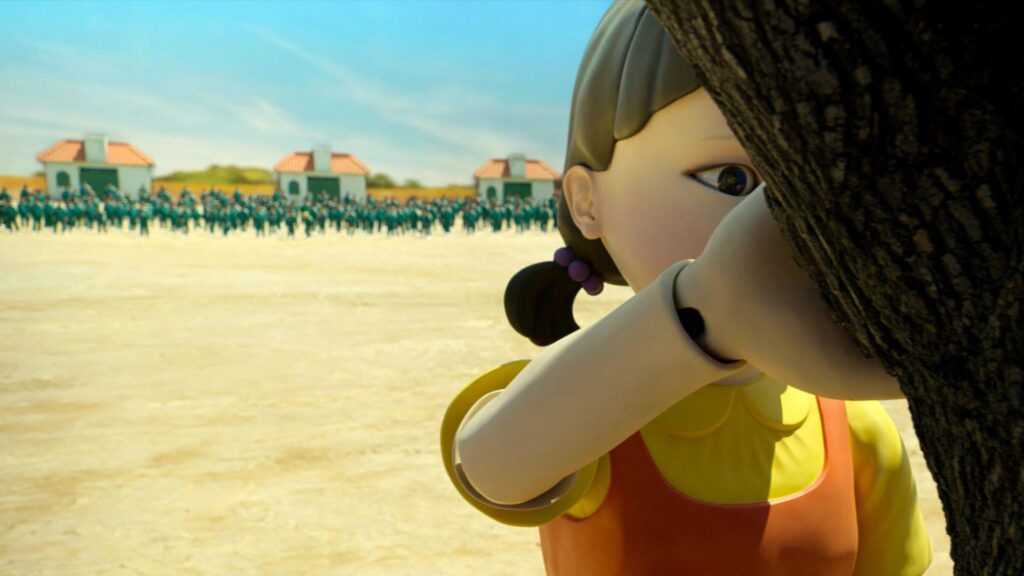
Children all throughout the world play the first game in the Squid Game. It’s a game that, the larger the group, the better it gets.
In Red Light, Green Light, a certain zone is designated and all of the players may move when one person (the leader) is in the middle with their backs to the rest of the group.
The single player calls out “red light, green light, one two three,” and the players may proceed. At “three,” everyone is required to freeze.
Anyone who is caught moving forward must return to the starting line or else be eliminated.
Moving through the game is uncomplicated, and you simply must avoid being seen at all costs.
However, there are a few exceptions.
The goal in most situations is to go past the leader when they are otherwise occupied. In others, you must touch the tree in which the leader is leaning without being detected.
The leader of Squid Game is a giant doll that allows players to move when her head is turned towards a large tree.
She says, while she’s not paying attention, “the Hibiscus flower has bloomed,” which is what Korean youngsters say in place of “red light, green light.”
As she chants, players can run towards her. When she stops and turns, whoever moves is shot to death. Her eyes have motion detectors, so no one can fool her.
Honeycomb/Dalgano Candy
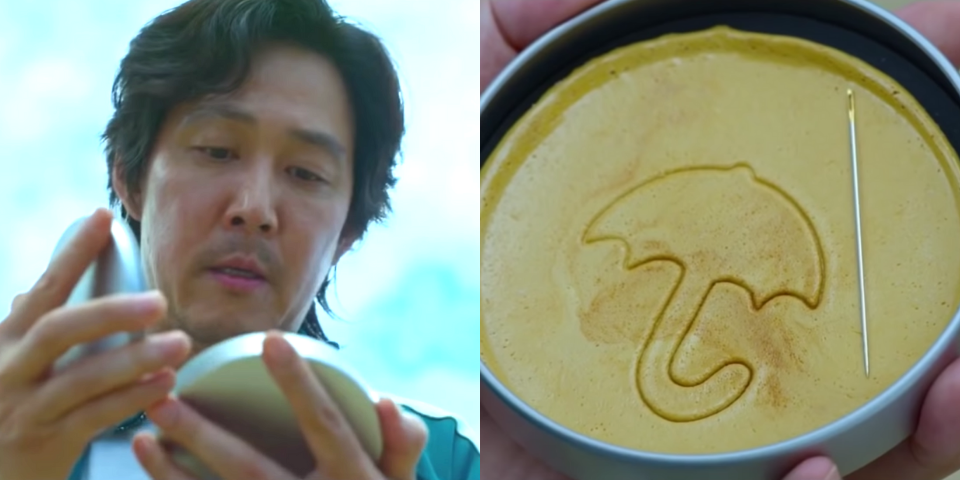
Honeycomb Candy, the second-best game in the tournament, sounds delicious only while eating it, not when playing it.
Each person gets a tin with one of four shapes: a circle, a triangle, a star, or an umbrella imprinted on it: They select one at random before the game begins.
Within 10 minutes, each player must pull the shape out of the honeycomb tin unscathed to continue. If one of these conditions isn’t met, the player will be terminated on the spot.
It’s considerably more difficult to figure out how to get the form from the entire than it was to do so from a single image.
The triangle was the simplest, while the umbrella was the most difficult to finish. We also all know what a great idea the Umbrella & Star players came up with.
This game has also acquired a high level of popularity after being featured in the Squid Game. They’re made from sugar.
Tug Of War
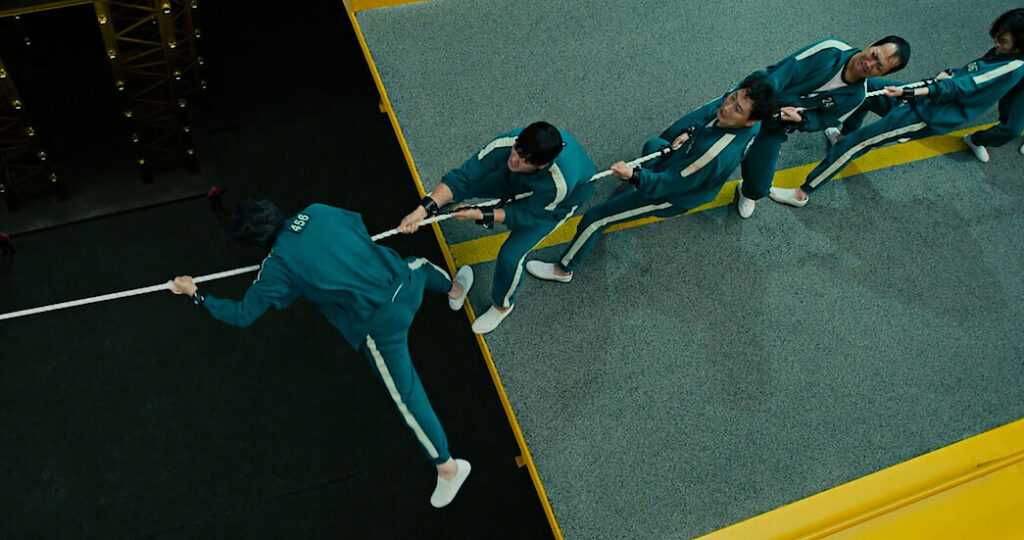
In the third round, teamwork is required in a Squid Games’ tug of war.
In Korea, the origins of this squid game go back many years, and it has been played in festivals and community events for a long time, particularly in agricultural regions.
In Korea, tug of war-style games are frequently played between the east and west sides of villages, with the winners supposed to receive a superior harvest that year.
The spoils of victory in the Squid Game are clearly far superior than those who lose.
The tug of war round starts a shift in Squid Game, placing the fight directly between the players rather than between the players and the organization.
The shift also sets the stage for factionalism and backstabbing to become more prominent in later episodes of the show.
Marbles
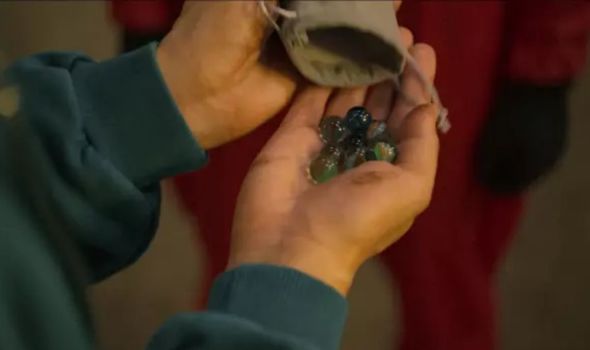
This round is used more as a break in Squid Game than as an engaging challenge in the competition. Each player is given a bag with ten marbles, then they are divided into two groups.
The objective is to take all of your opponent’s marbles, but they quickly learn that one of them will perish if they don’t cooperate (usually the person they have become closest to).
Most of the competitors knew they would not reach the finish line, but since the pairs were chosen by themselves, for the first time they were responsible for the death of someone they cared about.
If they toss marbles on a hole or guess how many marbles the opposing player has hidden in their closed hands, they should be allowed to win using any minigame.
But, of course, once the players realize they’ll have to kill a close buddy to move on, they don’t care what method they use.
Glass Bridge
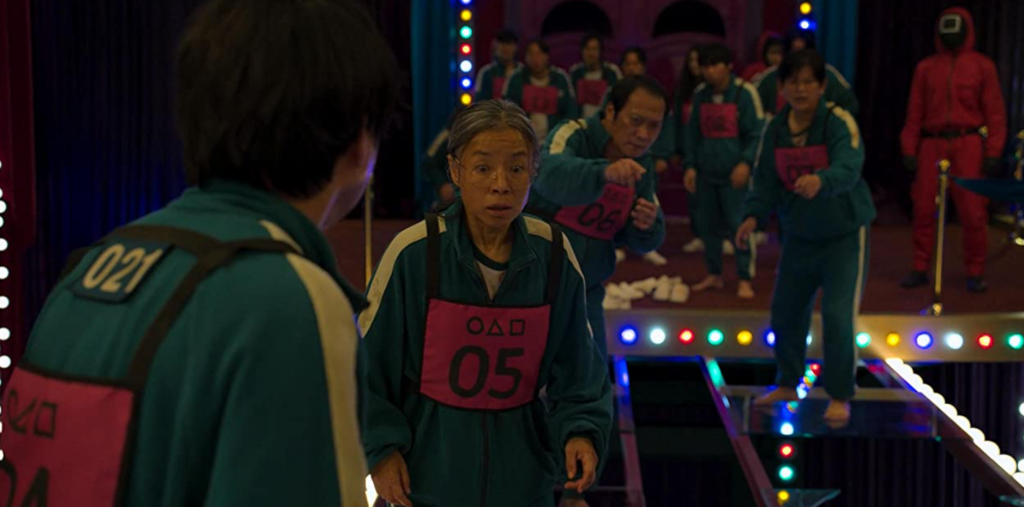
The most popular and one of the most frightening games in the series. The ‘Glass Bridge’ is more of a game of chance than skill. It’s also one of the most messed-up games I’ve ever seen.
The game begins with each of the sixteen remaining players standing on the opposite side of a vast chamber hundreds of feet above the ground.
The players must leap from one glass panel to the next while crossing a bridge.
Two people can be accommodated by one panel of tempered glass. The second is made of regular glass, which will break under the impact of a player’s weight, resulting in the player’s death.
They have 16 minutes to traverse the bridge.
It’s not just about avoiding the apocalypse. There’s more to the game than that. If the players do not meet the deadline, the glasses will shatter when time is up, and they will all perish.
Squid Game
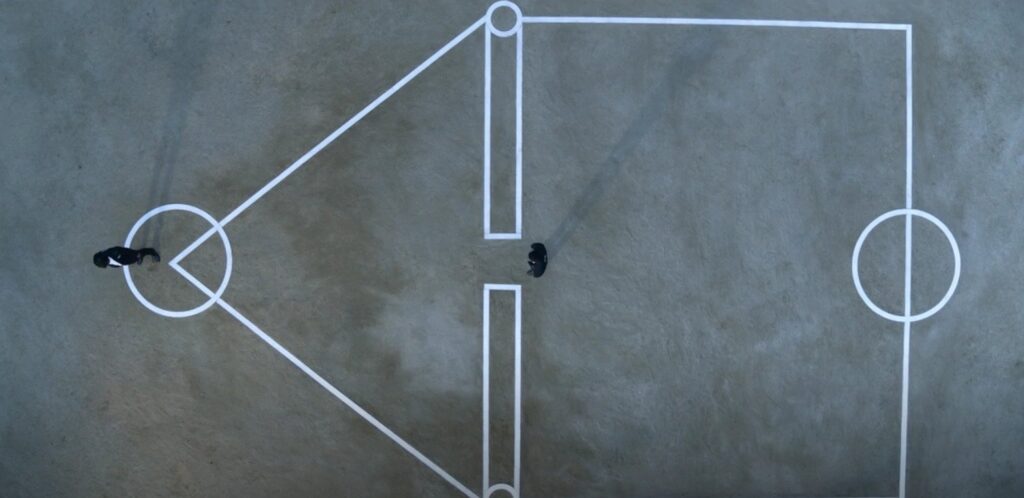
The series is named for the final Squid Game game, in which Gi-hun and Sang-woo compete for the ultimate prize.
The origins of the Squid Game are similar to tag, however, they’re more complex.
There are two teams: the offense, who must reach a specific area at the conclusion of the field, and the defense, whose responsibility is to prevent it.
The game was quite popular in South Korea during the 1970s and 1980s when most of the main Squid Game cast of characters would have been young.
It was the inherent violence of the Squid Game, commented on in the show by Squid Game’s Front Man, that inspired Hwang Dong-hyuk to choose it as the final challenge for the show.

